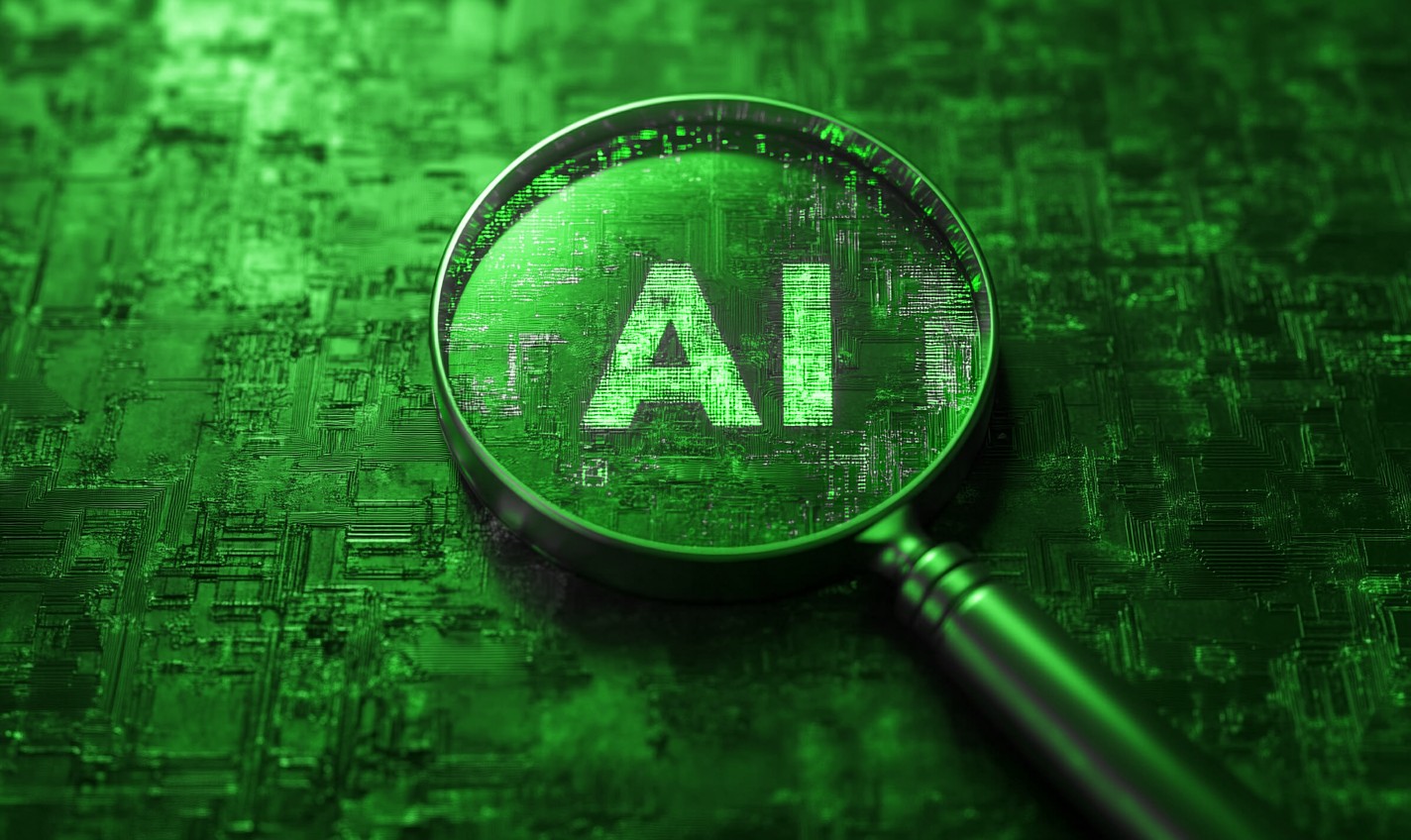Machine learning and artificial intelligence (AI) often get discussed as world-changing technologies applicable to industries ranging from hospitality to agriculture. People are also excited about how those innovations could help people learn and aid the educators that lay crucial educational foundations.
1. Identifying Which Students Need Help
School can quickly become an upsetting experience for people having trouble grasping the material. Low test grades can point to the problem, but educators would ideally spot the problem sooner and intervene before struggles affect scores and learning goals.
The conventional way to gauge student performance is often to assess how they score on single tests. The trouble is that those examinations usually cover weeks or months of taught material. They don’t necessarily highlight when students have difficulty with particular skills or concepts.
However, a recent artificial intelligence project could spark positive changes. It used an approach called multi-task learning to check performance. As students played an online learning game, AI recorded how they responded to each question. It could then show whether students had difficulty with some of the content relative to their peers.
This research could open new opportunities for using machine learning and artificial intelligence in proactive ways that bolster student success. Suppose an AI tool shows that a person most often gets spelling-related content wrong on a test or when engaging with an educational game. In that case, a teacher might recommend remedial tutoring in that subject.
Alternatively, a machine learning algorithm could indicate that most students in a math class scored lower than expected. Then, the teacher might reassess how they present topics and investigate how to boost comprehension and understanding.
2. Supporting College Learners in Large Classes
Some university classes have hundreds of students. That means even the most dedicated professors and their teaching assistants may take several days to answer questions that those learners have. Fortunately, AI-powered virtual tutors could work individually with students and dramatically decrease response times.
For instance, one senior lecturer teaching in Sydney, Australia, found himself regularly trying to manage classes with more than 500 students in them. He addressed the associated challenges by letting the learners collaborate in Microsoft Teams. That approach led to students interacting with each other more often, frequently giving assistance in the process.
Next, the lecturer created a chatbot to answer all the questions participants commonly posed. They previously asked teaching assistants, but each of those helpers might oversee 100 students. They got overwhelmed and sometimes missed questions, which discouraged students from asking in the future.
The chatbot answered students’ queries in seconds and sometimes provided accompanying video clips from past lectures. When it couldn’t, the tool verified the teaching assistant assigned to the asker and tagged them to weigh in with assistance.
Applying machine learning to track trends could also identify which topics cause uncertainty. If a high percentage of students have questions about grading policies or which chapters they should read to prepare for an exam, a professor might edit the class syllabus to clarify those things.
3. Curbing Harmful Behaviors
Even as school administrators work hard to create safe environments for students, dangers persist. Since machine learning and artificial intelligence can detect anomalies, they’re both potentially useful for detecting conditions that require staff intervention to keep young people safe.
Soter Technologies offers FlySense, a product that uses AI to detect e-cigarette usage and sounds consistent with violence. That may seem like an odd combination, but it makes sense. Bullying and e-cigarettes are two problems prominently seen in today’s school systems.
This product uses cloud-based technology and Wi-Fi-enabled sensors to monitor for sounds potentially associated with either of those activities. It then sends alerts to school staff members when necessary.
School workers can’t guarantee educational environments free from all risks. However, they should do everything in their power to deal with issues like these. After all, a bullying problem could become so severe that victims dread going to school and may suffer lasting damage to their self-worth. Concerning electronic cigarettes, educational professionals could determine if specific individuals pressure others to use them, then possibly take disciplinary action afterward.
4. Giving Teachers More Visibility
Many teachers are incredibly perceptive. However, as mentioned earlier, they sometimes miss signs of difficulty in their students. Another problem is that some educators may initially believe that a pupil is not putting in the necessary effort, and that’s the reason for poor outcomes.
However, researchers explored how to train computational models on content such as eye-tracking data and learning behavior sequences. The algorithms could give clues about students’ performance and the reasons behind positive or disappointing outcomes.
An advantageous aspect of so much learning occurring in digital realms is that machine learning and artificial intelligence tools have more information that could give valuable insights to educators and parents.
Marketers can use tools to analyze which parts of a webpage capture people’s attention the most and how long they look at certain sections. Applying similar technology to a learning platform could identify how to empower students to succeed. If someone stares at the screen for an unusually prolonged duration, is it because of confusing content or technical difficulties? Machine learning and artificial intelligence give a fuller picture of the user experience.
These technologies may also confirm whether interventions work as expected. Instead of tracking a student’s performance over a month as a teacher might if only relying on memory, advanced tools can verify how a student’s performance improved or worsened since the start of a year or the beginning of someone’s time at a school by offering reliable metrics.
Machine Learning and Artificial Intelligence Can Bring All-Around Benefits
It’s easy to see how thoughtful and purpose-driven applications of machine learning and artificial intelligence could help everyone involved. If they help students succeed, those learners receive the knowledge they need for the future. Similarly, their parents can feel confident that the pupils are thriving in school and that any identified challenges get handled quickly.
Finally, these technologies aid teachers in numerous ways. They could lead to better designs for tests, improved and more efficient methods of providing support and enhanced problem-solving when educators assess and assist struggling students.
Recent Stories
Follow Us On
Get the latest tech stories and news in seconds!
Sign up for our newsletter below to receive updates about technology trends




